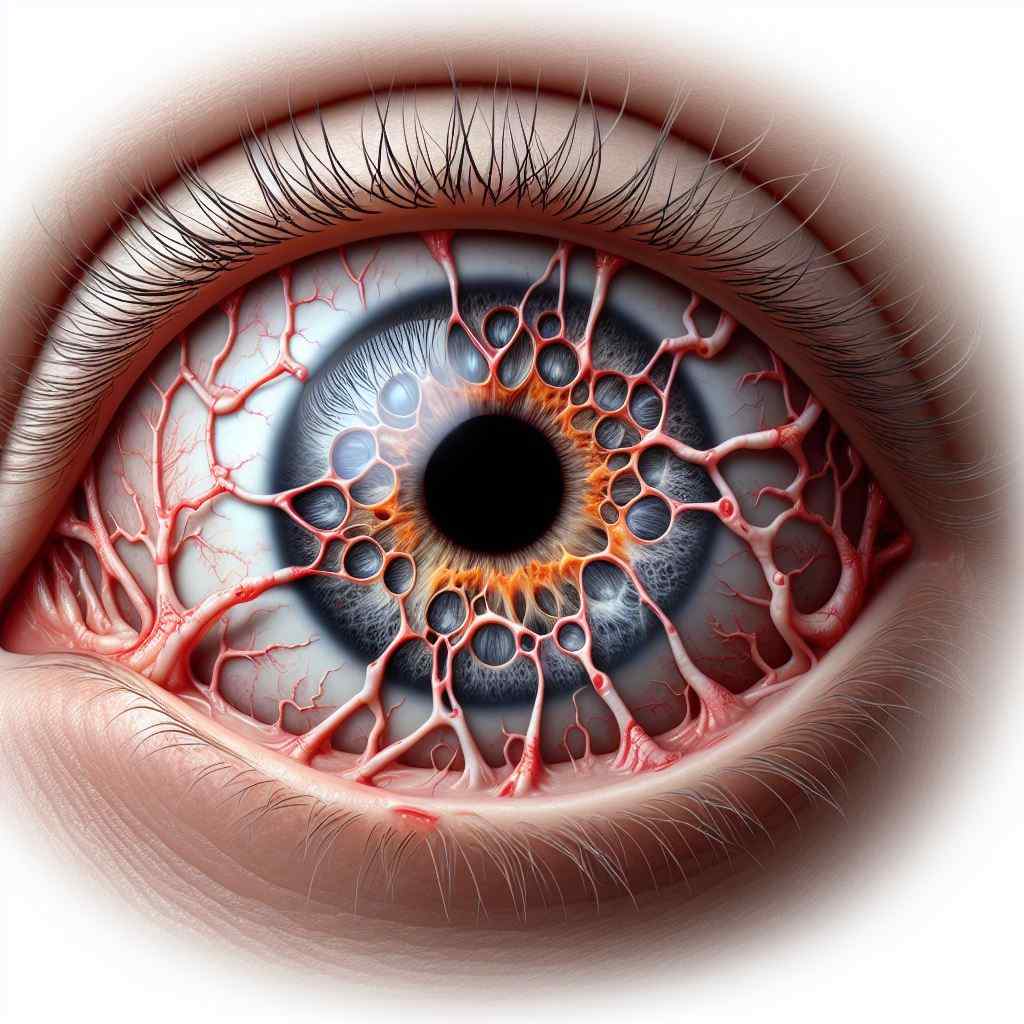
Deciphering Recurrent Corneal Erosion Syndrome (RCES): Causes, Symptoms, and Management
Abstract: Recurrent Corneal Erosion Syndrome (RCES) is a distressing condition characterized by recurrent episodes of corneal epithelial breakdown, leading to symptoms of pain, photophobia, and visual disturbances. This article delves into the intricate aspects of RCES, elucidating its etiology, clinical manifestations, diagnostic approaches, and various therapeutic modalities. By gaining a comprehensive understanding of RCES, healthcare professionals can devise tailored management strategies to alleviate symptoms and prevent recurrences, thus improving patients’ quality of life.
Introduction: Recurrent Corneal Erosion Syndrome (RCES) represents a significant challenge in ophthalmic practice, causing recurrent episodes of corneal epithelial disruption and associated symptoms. Despite being a relatively common condition, RCES poses diagnostic and therapeutic dilemmas, necessitating a nuanced approach for effective management.
Etiology: The underlying etiology of RCES is multifactorial, encompassing both intrinsic and extrinsic factors. Mechanical trauma, such as corneal abrasions or dystrophic changes, predisposes individuals to recurrent epithelial erosions. Additionally, underlying conditions such as corneal dystrophies, basement membrane dystrophy, and dry eye syndrome may contribute to the pathogenesis of RCES.
Clinical Manifestations: Patients with RCES typically present with sudden-onset episodes of ocular pain, foreign body sensation, photophobia, and blurred vision. Symptoms often occur upon awakening or following minor trauma to the corneal surface. Slit-lamp examination may reveal corneal epithelial defects, irregularities in the epithelial basement membrane, and punctate erosions.
Diagnostic Approaches: Diagnosing RCES involves a comprehensive evaluation of the patient’s clinical history, symptoms, and ocular examination findings. Corneal fluorescein staining, anterior segment optical coherence tomography (OCT), and corneal topography may aid in confirming the diagnosis and assessing the extent of epithelial involvement. In cases of suspected underlying dystrophies, genetic testing or histopathological examination may be warranted.
Management Strategies: Management of RCES focuses on both symptomatic relief and prevention of recurrences. Initial treatment modalities often include lubricating eye drops, hypertonic saline ointment, and therapeutic contact lenses to promote epithelial healing and reduce discomfort. In cases of refractory or recurrent erosions, interventions such as anterior stromal puncture, phototherapeutic keratectomy (PTK), and epithelial debridement may be considered. Surgical options, including anterior corneal surface reconstruction or photorefractive keratectomy (PRK), may be indicated in select cases.
Conclusion: Recurrent Corneal Erosion Syndrome (RCES) poses a clinical challenge due to its recurrent and debilitating nature. By adopting a multidisciplinary approach that addresses both symptomatic relief and underlying predisposing factors, healthcare providers can effectively manage RCES and improve patients’ ocular comfort and visual outcomes. Continued research into novel therapeutic modalities and preventive strategies holds promise for further enhancing the management of this challenging condition.


